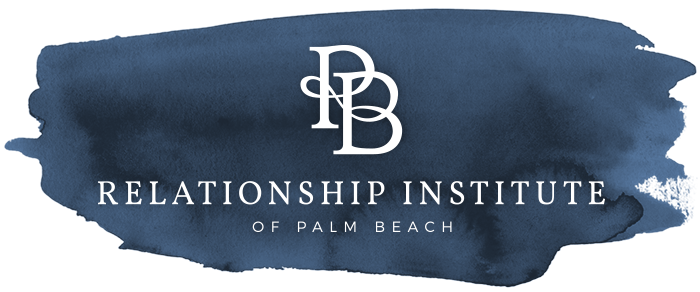How Dopamine Drives New Year’s Resolutions: A Journey of Hope, Motivation, and Lasting Change
Harnessing the Dopamine Effect
All around the globe, people welcome the New Year with celebrations filled with cultural and personal rituals. Yet, at the heart of these festivities lies a universal human phenomenon: hope. The turning of the calendar inspires us to reflect on the past year with gratitude and envision the coming year with boundless optimism. This magical energy, which feels as though the simple act of setting intentions might transform our lives, has a scientific foundation: dopamine.
Often referred to as the motivation molecule or the feel-good neurotransmitter, dopamine plays a central role in how we perceive rewards, set goals, and drive ourselves forward. On New Year’s Eve, surrounded by the excitement of the moment, I felt an unmistakable dopamine surge. The promises of the new year seemed as vibrant and electrifying as the fireworks in the sky. This euphoric optimism felt like the fuel I needed to declare 2025 my year of transformation.
But here’s the thing about dopamine: it’s both a gift and a challenge. While it gives us the drive to dream big and start fresh, it doesn’t sustain us through the hard work of turning hope into reality. Dopamine spikes during moments of anticipation—like imagining the success of a resolution—but it can drop when faced with the effort required to achieve it. This is why so many New Year’s resolutions falter by mid-January: the initial surge of motivation fades, leaving us unprepared for the grind of consistent action.
By January 1, I felt the haze of the morning after. My resolution—a triumphant “Comeback Tour” inspired by Taylor Swift’s Eras Tour—suddenly seemed vague and intangible. The dopamine high of New Year’s Eve had been replaced by a quieter, more daunting question: “What now?” Without a clear plan, my resolution risked becoming another fleeting hope.
My “Comeback Tour”: Crafting a Dopamine-Sustaining Plan
Determined not to let my resolution fade, I realized I needed to harness the energy of dopamine in a more sustainable way. Rather than relying solely on the initial high, I set out to create a system of small, actionable steps that would provide consistent, achievable rewards. Dopamine isn’t just triggered by big victories; it’s also released when we experience small wins—like checking something off a to-do list or completing a short workout.
Here’s the roadmap I created to maximize those little dopamine hits along the way:
Start the day with a dopamine boost through meditation: Just six minutes of meditation each morning helps me feel calm, focused, and ready to tackle the day. That immediate sense of clarity provides a natural dopamine release to set the tone.
Reframe physical therapy as a reward, not a chore: Scheduling sessions first thing in the morning minimizes cancellations and gives me a sense of accomplishment before the day even begins.
Make exercise enjoyable: I paired my least favorite activity—15 minutes on the recumbent bike—with an upbeat playlist that energizes me. The combination of music and movement creates a positive feedback loop, releasing dopamine and making the experience more enjoyable.
Celebrate consistency, not perfection: Every time I complete a daily goal, I take a moment to acknowledge it. Whether it’s a simple checkmark on a list or a mental “well done,” these small celebrations keep my brain engaged and motivated.
Meditation, Movement, and Motivation: Key Daily Habits
What I’ve learned is that dopamine isn’t just about feeling good—it’s about staying engaged. It’s the brain’s way of encouraging us to keep going, to reach for the next milestone. To harness its power effectively, we need to structure our efforts in ways that generate frequent, achievable rewards. This means breaking down big goals into manageable steps and finding joy in the process rather than just the outcome.
Celebrating Small Wins to Fuel Long-Term Progress
The journey of my “Comeback Tour” is, in many ways, a study in dopamine. It’s about leveraging the brain’s natural motivation system to stay committed, even when the initial excitement wears off. It’s about recognizing that progress is rarely linear and that small, consistent actions are more powerful than bursts of unsustainable energy.
As I move forward, I’m learning to embrace the ebbs and flows of motivation with compassion. On days when the dopamine feels low, I remind myself that showing up is the most important part of the process. And on days when the energy surges, I use it to push myself a little further, knowing that every step—big or small—brings me closer to my goal.
Redefining Success through Resilience and Joy
In this way, my “Comeback Tour” isn’t just about physical healing; it’s about retraining my mind and body to find joy in the journey. It’s about creating habits that fuel resilience, optimism, and growth. And it’s about celebrating every victory, no matter how small, as proof that I’m moving forward in body, mind, and spirit.
With this understanding, I’m ready to take the stage—not in a blaze of overambitious glory, but with steady, intentional steps that lead to lasting change.
Happy New Year to you, 2025!
If you’re ready to transform your goals into action, connect with our team today to get the support you need for lasting change. Click here to reach out and start your journey with us.



